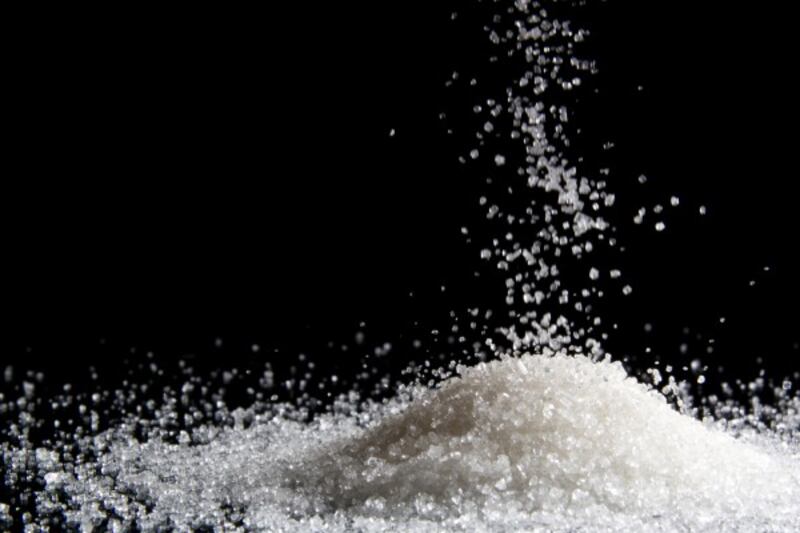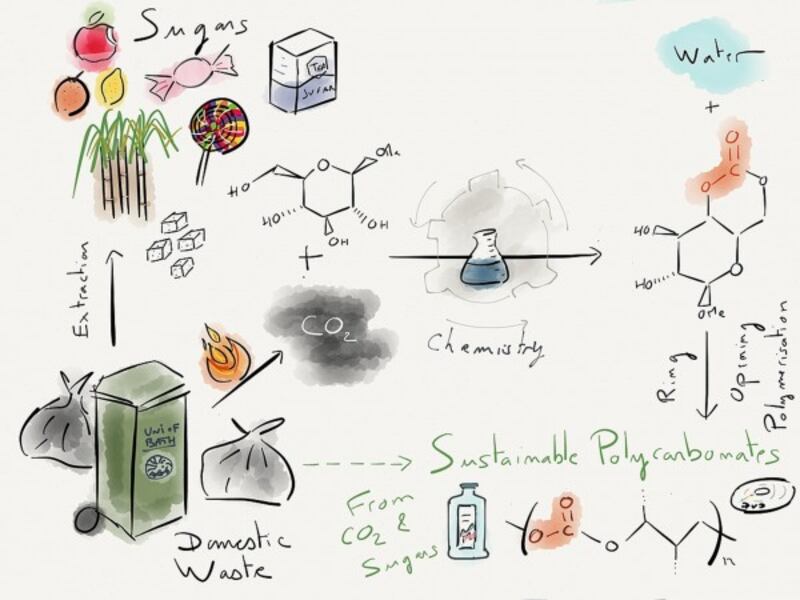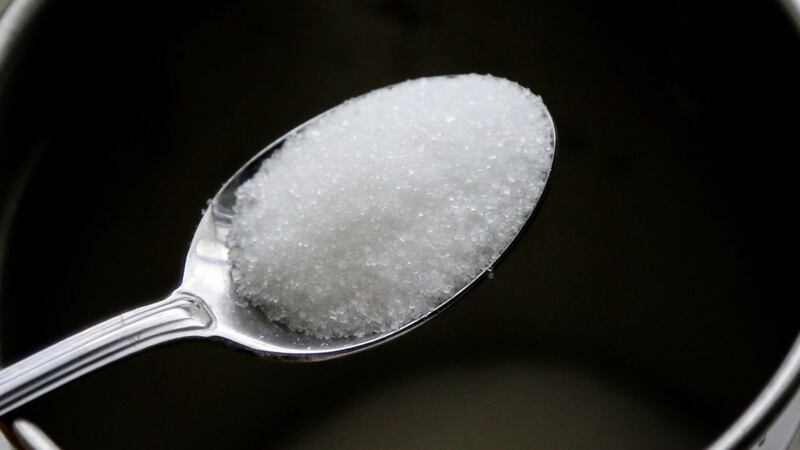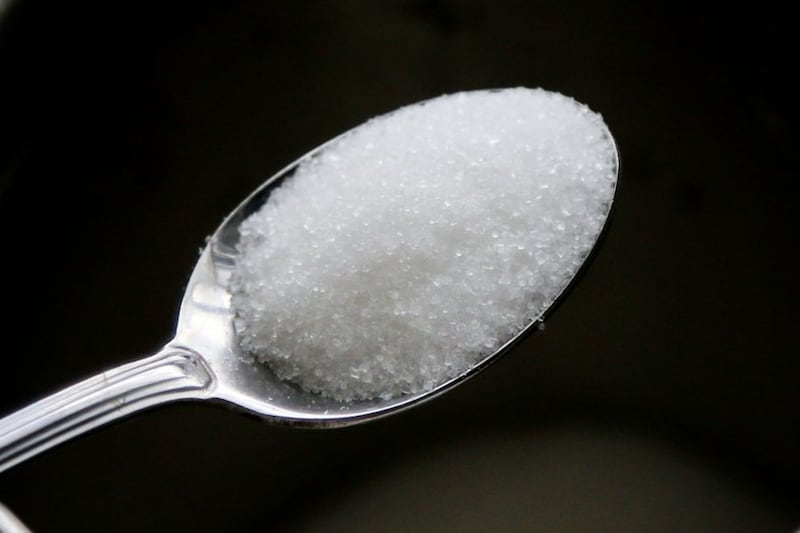A group of scientists have made plastic from sugar that can be biodegraded back to the original materials with help from soil bacteria.
Researchers form the University of Bath say they developed the plastic using sugar, carbon dioxide and water – and add that it is strong, transparent and scratch-resistant, just like the traditional non-biodegradable versions made using petrochemicals.
But they add the key difference is that their eco-friendly biobased polymer can be degraded back into carbon dioxide and sugar using the enzymes found in soil bacteria.
The hope is that this new type of polymer – which also happens to be bio-compatible – could be used for medical implants in the future.

The researchers used a certain type of sugar found in our DNA called thymidine as the key material in developing the bioplastic.
PhD student Georgina Gregory, of the University of Bath’s Centre for Sustainable Chemical Technologies, said: “Thymidine is one of the units that makes up DNA.
“Because it is already present in the body, it means this plastic will be bio-compatible and can be used safely for tissue engineering applications.
“The properties of this new plastic can be fine-tuned by tweaking the chemical structure – for example we can make the plastic positively charged so that cells can stick to it, making it useful as a scaffold for tissue engineering.”

Although only a very small quantity of the bioplastic was created (amounting to just a few grams), the scientists stress that unlike traditional plastic made of crude oil, their version does not contain BPA – a chemical believed to be harmful for humans – or the highly toxic phosgene – which was used as a chemical weapon during the First World War.
Dr Antoine Buchard, of the University’s Department of Chemistry, said: “It’s early days, but the future looks promising.”
Bioplastics – derived from renewable biomass sources such as vegetable fats and oils – have seen an increased popularity in the last decade, but pollution from traditional plastic continues to affect the marine life – with research estimating approximately eight million pieces of plastic pollution finding their way into our oceans every day.
The research is published in Polymer Chemistry and Macromolecules.



